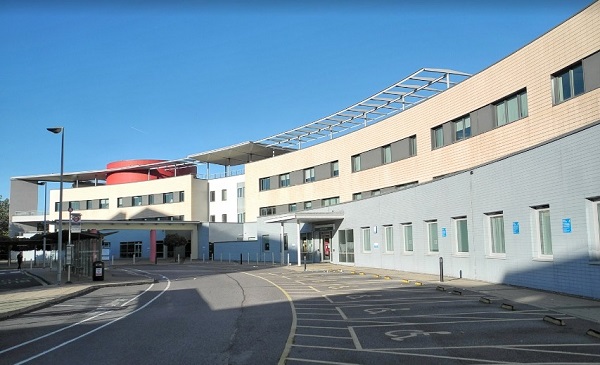Demand rising and funding falling at London North West NHS Trust

(Central Middlesex Hospital’s Urgent Treatment Centre. Picture: Google.)
|
Waiting lists and delays in receiving routine hospital treatment are some of the worst in a decade at London North West NHS Trust.
Figures from July 2019 show 7,750 patients had been waiting more than 18 weeks for routine treatment at hospitals led by the Trust.
Patients faced delays across medical disciplines from dermatology, to ear nose and throat, and neurology.
Back in 2012, the numbers waiting mor than 18 weeks for hospital treatment revolved more around the 1,000-2,000 mark, however July’s scores are still better than in 2018, when the figure sat at over 10,000.
London North West NHS Trust manages Central Middlesex, Ealing, Northwick Park and St Mark’s Hospital.
As at July, there were also 52,372 people awaiting treatment, a figure which has remained at a similar level since March 2018 after a prolonged increase since 2011.
When asked what was driving the increases in those waiting more than 18 weeks for treatment, London North West NHS Trust said referrals from primary care had seen a year on year growth but the Trust had not been commissioned to provide that level of activity.
The growth in referrals during 2019-2020 alone was about nine per cent.
The spokesman said: “A continued demand in certain specialities (for example ear, nose and throat) continues to generate pressure for patients to be seen in a timely manner.
“This impacts with patients waiting longer as the waiting list ages.”
Waiting lists are seen to jump around the cold season, and the spokesman said increases in non-elective (emergency) medical demands often had a knock on effect for the number of elective (or optional) treatments.
“The Trust has managed to reduce the size of its waiting list in 2019/20.
“This will support mitigation of delays as a result of any increased demand, ensuring that the waiting list will not grow exponentially and will remain within manageable limits.”
When asked about the general trend of increased waiting lists and waiting times, the Trust spokesman said both were down to increased demand and funding constraints.
“There is not enough clinical resource in many areas – which is reflected nationally to meet the on-going demand for services.”
“A growing population is putting increased pressure on all services but those facing an especially high demand include ENT, Gynaecology, Colorectal Surgery and Endoscopy.”
Ged Cann -Local Democracy Service Reporter
5t November 2019